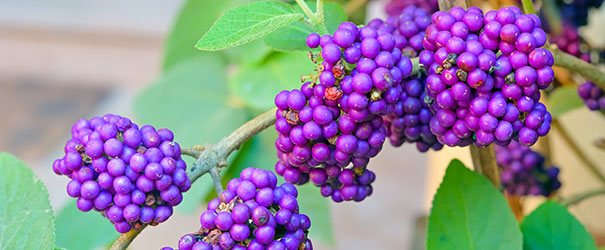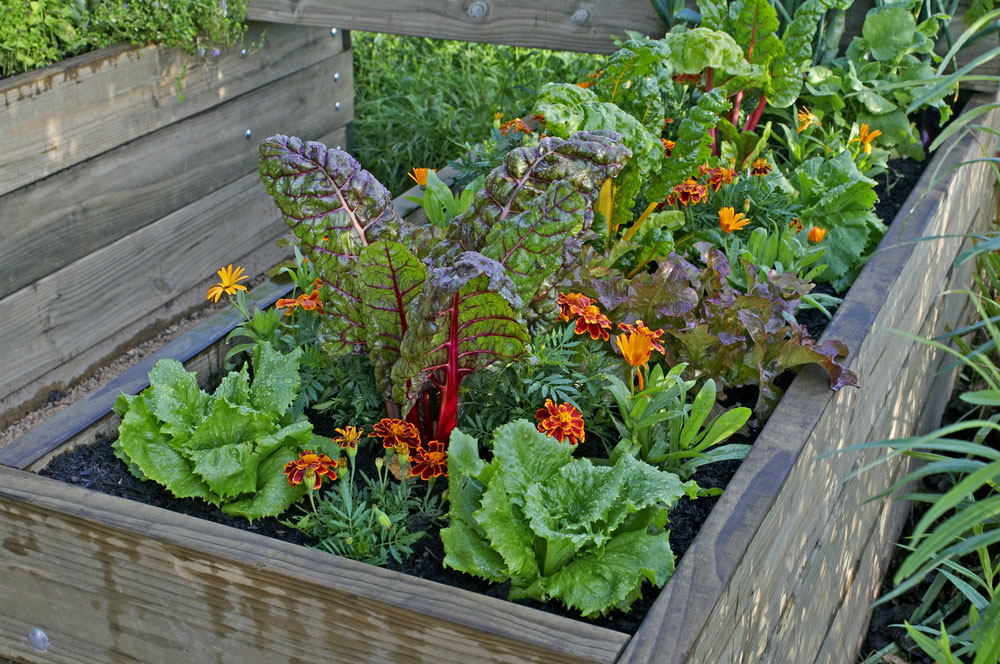ARE YOU READY TO ADD SOME EDIBLE PLANTS TO YOUR LANDSCAPE? WHY NOT!!
WHAT IS EDIBLE LANDSCAPING?
Simply put, edible landscaping is adding food producing plants to your landscape.
For some of you, the idea of adding plants that produce food is a no-brainer. For others, there is some uncertainty as to how to approach this increasingly growing landscape trend. How, when, and where do you get started? The “when” is now. Take advantage of this fall planting season. Our daytime temperatures are beginning to cool down and we have had plenty of rain recently – especially from Hurricane Florence.
WHY EDIBLE GARDENING?
Need more convincing? Here are 5 good reasons why you should plant edible plants in your home landscape:
- INCREASED FOOD SECURITY: An edible landscape reduces your dependence on foreign food sources which have unknown production systems.
- REDUCED FOOD COST: Growing some of your own food becomes more and more economical than to purchase.
- IMPROVED TASTE AND NUTRITION: Most nutrients and flavor in most plants are highest immediately after harvest.
- CONVENIENCE: Having fruits, herbs, and vegetables right outside the door will encourage you to add fresher, healthier foods to your diet. And, it’s a good teaching tool for children.
- FUN AND EXERCISE: Spending some time in your gardens is fun. It can be therapeutic. Not to mention the exercise you get in the process.
Now, are you ready to try this fall?
One more thing. Think of the functions plants in your landscape fulfill: we have trees – both shade trees and ornamental flowering trees, we use shrubs in borders, we use shrubs for screens, groundcovers, and vines on trellises. All of these niches can be filled by one or more of our hardy, edible alternatives.
From a personal standpoint, I have two blueberry plants in the front of my house being used as foundation plants. They are gorgeous plants with their white flowers in the spring, followed by the blue fruit, and with a beautiful fall leaf color. Also, amongst my foundation plants, I plant lettuce, spinach, arugula, broccoli, kale both in the early spring and again right now for the fall. To me, these plants add as much interest and color to my landscape as do planting flowering annuals. BUT, I get to go out and harvest fresh vegetables.
Do you want a couple ornamental flowering trees in your yard? Try growing peaches or apples or persimmons.
Do you have a trellis and want to grow a vine? Think about the hardy Kiwi vine.
Do you have some decorative containers? Consider growing herbs such as Rosemary, Thyme, Sage, Parsley, or Oregano in these pots.
Do have space to add some shrubs? Consider planting blueberries, or raspberries, Matter of fact, I did a blog a couple months ago on Callicarpa “Beautyberry shrub.” One of our farmers’ market vendors read this article and took the time to make me a jar of BEAUTYBERRY JELLY. This was a learning experience for me because I never thought about this gorgeous shrub providing food with its edible purple berries. So, old dogs can learn new tricks.

Enough said! I don’t want to get too wordy on this topic, but you can sense how passionate I am about this gardening trend. Bottom line – just try a little yourself this fall – say some vegetables or some herbs -just enough to get started and learn. Watch out, you may get hooked as I have become on edible landscaping.
One more thing about edible landscaping: so many of our edible plants support and attract our beneficial insects such as bees and butterflies. In doing so, these beneficial insects can help control the damaging insects, such as aphids, that can do harm to our other plants.
HAPPY GARDENING!!!!


Does “ornamental” mean it is not primarily meant for eating? For example, “ornamental lettuce.”
Robert,
A very good question. In most cases the term “ornamental” does not refer to anything that is edible. Good examples would be the “ornamental” cabbage and kale that is being planted this fall for its look and not to be eaten. Another example is with the “ornamental” peppers. These are pepper plants but are grown for looks and not for consumption. I hope I answered your question. Let me know if you have any follow up questions. Take care, Doug
How great that you talk about how plants have the most nutrients and flavor right after they’re harvested. I am starting a new business this year and want a garden for my employees if they would like. I will find a reputable commercial landscape maintenance service in the area to assist.